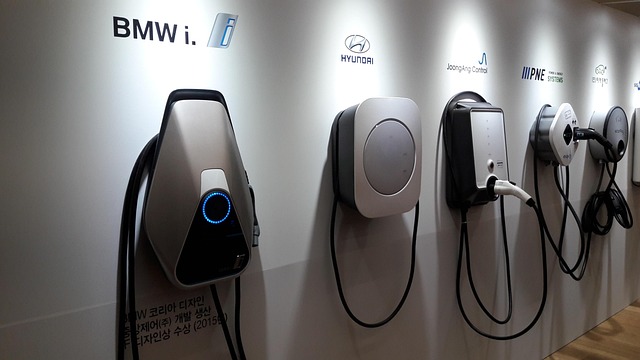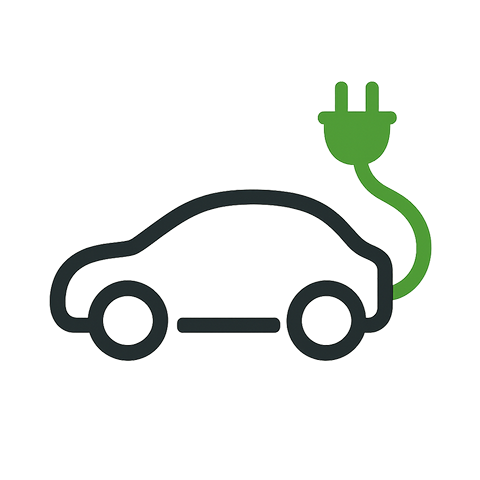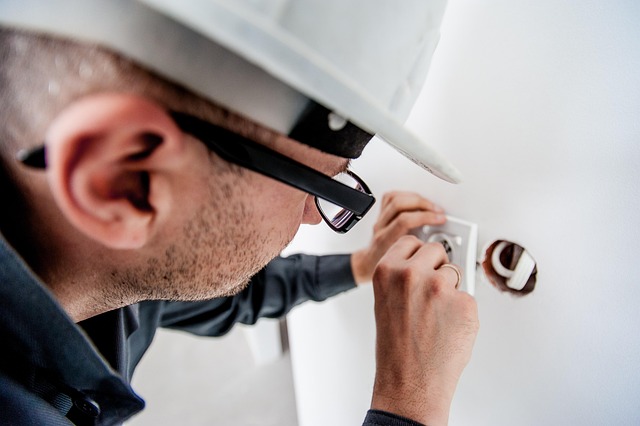
Suspension Assistance for Electric Cars: Boosting Comfort and Efficiency
Electric vehicles have revolutionized the automotive landscape, offering zero tailpipe emissions, instant torque, and a quieter driving experience. Yet, as drivers grow accustomed to the smoothness of electric powertrains, a new set of challenges emerges—one that hinges on the vehicle’s ability to absorb road irregularities and maintain stability. Suspension assistance for electric cars has become a critical component in delivering the comfort, safety, and performance that consumers now expect from modern EVs.
The Foundations of Vehicle Suspension
At its core, a vehicle’s suspension system manages the interface between the chassis and the road. It absorbs bumps, maintains tire contact, and supports body roll during cornering. Conventional internal‑combustion vehicles (ICEs) often rely on passive setups—simple springs and dampers—to achieve a baseline level of ride quality. With the shift to electric propulsion, the dynamics change dramatically: battery packs add mass, motors generate less torque ripple, and regenerative braking introduces unique load profiles. Consequently, suspension assistance for electric cars must account for these variations while preserving the lightweight, efficient architecture that defines EVs.
Why EVs Need Specialized Suspension Assistance
Several factors differentiate EVs from ICE vehicles and drive the need for tailored suspension solutions:
- High Mass Distribution: Battery packs are heavy and often mounted low, shifting the center of gravity downward. This can improve stability but also demands precise damping to prevent excessive squat or lift.
- Instant Torque: Electric motors deliver torque instantly, which can cause rapid acceleration or deceleration forces that the suspension must dampen to avoid abrupt body movements.
- Regenerative Braking: When the vehicle decelerates, the motor acts as a generator, pulling on the drivetrain. The resulting torque can be significant, affecting how the suspension behaves during braking.
- Noise, Vibration, and Harshness (NVH) Concerns: The quietness of an EV means that any road irregularities become more noticeable to occupants. A refined suspension assists in masking these sensations.
- Energy Efficiency: The suspension’s role in maintaining tire contact directly impacts rolling resistance and, therefore, the vehicle’s range.
Types of Suspension Assistance Technologies in EVs
Modern electric cars employ a range of technologies to adapt the suspension to changing driving conditions. These systems can be grouped into passive, semi‑active, and fully active categories:
Passive Suspensions with Enhanced Materials
Some manufacturers opt for high‑grade elastomers, composite spring elements, and tuned damper profiles that provide a comfortable ride without the complexity of electronics. While simple, these setups benefit from reduced weight and lower maintenance demands.
Semi‑Active Dampers
Semi‑active systems adjust damper resistance in real time using valve controls that modify fluid flow. By responding to vehicle speed, acceleration, and road inputs, these dampers strike a balance between stiffness and compliance, offering improved ride quality without the need for active actuators.
Fully Active Suspension Systems
Fully active solutions employ hydraulic or electric actuators to apply force to each wheel individually. Coupled with sophisticated sensors—accelerometers, wheel‑speed radars, and steering angle trackers—these systems can pre‑emptively counteract pitch, roll, and body sway, delivering near‑ideal handling and comfort even on uneven terrain.
Adaptive Magnetorheological (MR) Dampers
MR dampers use a fluid that changes viscosity in response to a magnetic field, enabling instantaneous adjustment of damping characteristics. Their low latency and high torque capacity make them well‑suited for EVs where instant torque spikes are common.
The Impact on Comfort, Safety, and Efficiency
When suspension assistance for electric cars is properly engineered, the benefits ripple across the vehicle’s performance envelope:
- Enhanced Ride Comfort: By smoothing out minor bumps and absorbing larger road irregularities, occupants experience less fatigue during long drives.
- Improved Handling: Dynamic control of body roll and pitch translates to tighter cornering, better stability at high speeds, and lower lateral slip.
- Reduced Energy Consumption: A stable suspension keeps tires in continuous contact, minimizing rolling resistance and thus conserving battery energy.
- Lower Noise Levels: A refined ride reduces the transmission of road noise into the cabin, supporting the electric vehicle’s inherently quiet environment.
- Extended Component Life: Proper damping reduces pounding forces on the chassis and suspension components, leading to fewer wear‑and‑tear issues.
Maintenance Tips for EV Suspension Assistance
Although many modern EV suspensions are highly reliable, owners can still take proactive steps to preserve performance:
- Regular System Diagnostics: Many EVs integrate suspension data into the onboard diagnostic system. Periodic checks can catch early signs of valve wear or actuator failure.
- Keep Fluid Levels in Check: For hydraulic dampers, monitor fluid levels and look for signs of contamination or air bubbles. Low fluid can reduce damping effectiveness.
- Inspect for Leaks: Small leaks in seal or valve lines can gradually degrade performance. Address any dripping or discoloration promptly.
- Monitor Ride Height: Variations in ride height can indicate actuator or spring issues. If the vehicle feels uneven or stalls at a lower height, consult a service specialist.
- Software Updates: Manufacturers occasionally release firmware upgrades that tweak suspension tuning algorithms. Stay updated to benefit from improvements.
Future Trends in EV Suspension Assistance
As electric vehicles continue to evolve, several emerging trends promise to reshape suspension technology:
- Integration with Autonomous Driving Systems: Adaptive suspensions will work hand‑in‑glove with self‑driving algorithms, optimizing ride comfort while ensuring safety in dynamic traffic scenarios.
- Advanced Materials and Lightweight Design: The use of graphene‑reinforced composites and shape‑memory alloys could produce lighter, more responsive suspension components.
- Machine Learning‑Based Predictive Tuning: Real‑time data from onboard sensors could allow the suspension system to predict upcoming road conditions and adjust pre‑emptively.
- Energy Recovery from Suspension Motion: Innovative designs may harvest kinetic energy generated by suspension movement, feeding it back into the vehicle’s battery system.
Conclusion
Suspension assistance for electric cars is more than a comfort feature—it is a cornerstone of efficient, safe, and enjoyable EV operation. By intelligently managing mass distribution, torque dynamics, and road irregularities, modern suspension systems enable electric vehicles to deliver on the promise of quiet, low‑emission mobility without compromising performance. Whether through passive enhancements or fully active platforms, the continued innovation in suspension technology will remain central to the future of electric transportation, ensuring that every drive feels as smooth and reliable as the technology that powers it.



